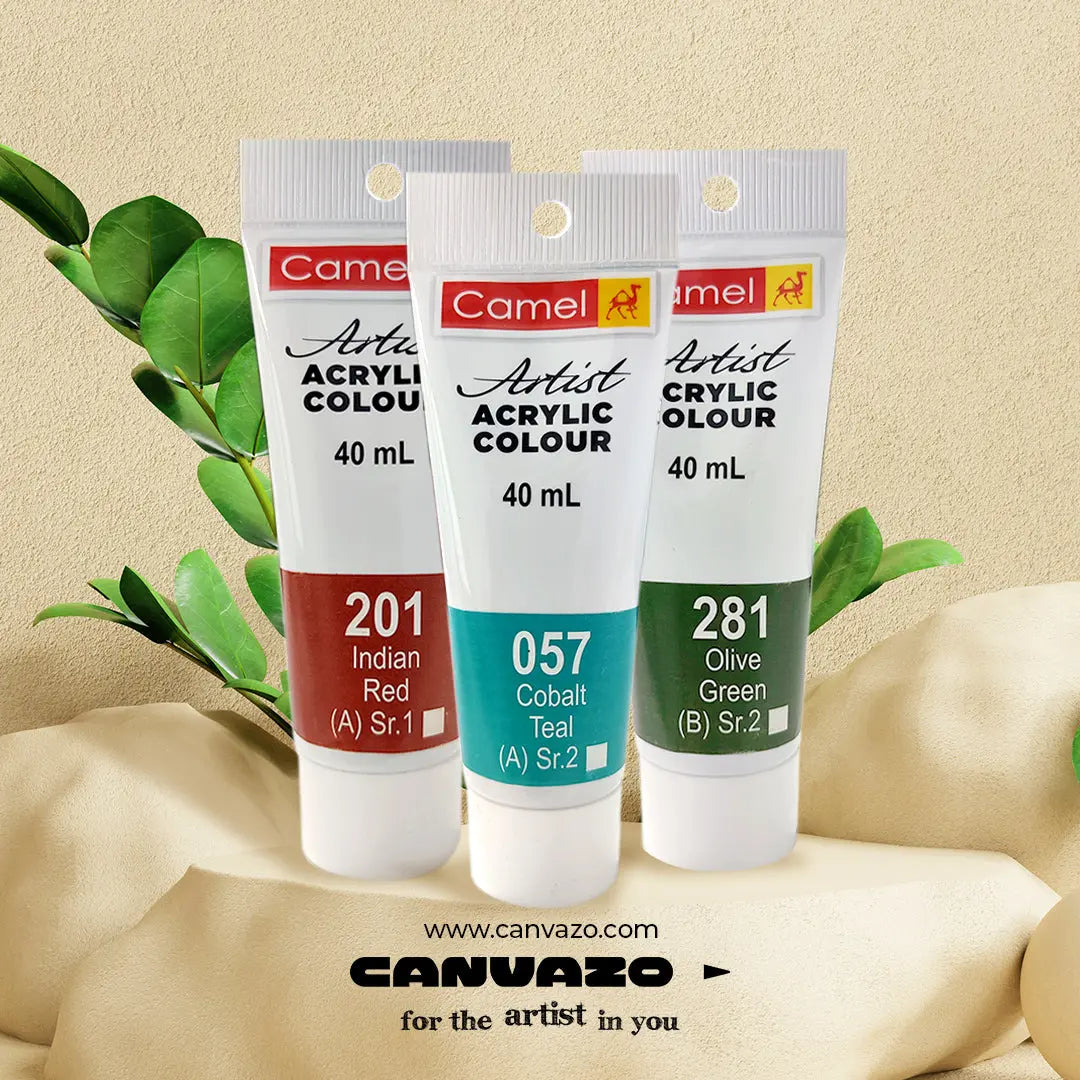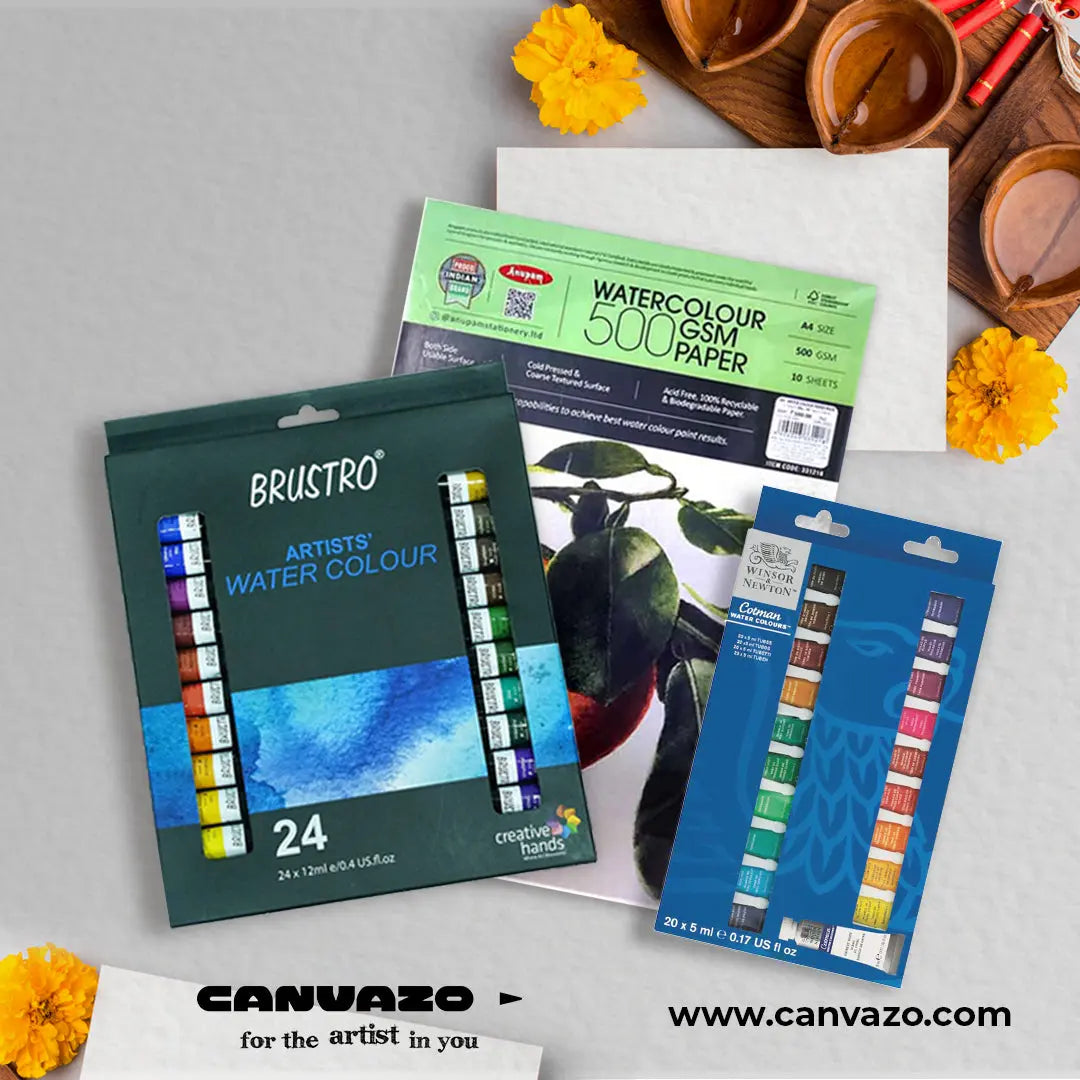Sketching Pencil Sets
Sketching is an essential foundation for any artist, and having the right tools is crucial for bringing your creative vision to life. A well-curated sketching pencil sets can be a game-changer, providing versatility and precision in your drawings. In this blog post, we will guide you through the process of building a versatile collection of sketching pencils. From understanding the different types of sketching pencils to exploring their use in various drawing techniques, this guide will help you create art with confidence and clarity.
When it comes to creating stunning pencil sketch drawings, having the best sketching pencils is essential. The right set of sketching pencils can make all the difference, whether you're a seasoned artist or just starting. To help you find the best drawing pencils for your artwork, we've curated a list of the top-rated sketching pencil sets. These sets are carefully selected to provide a range of graphite grades, ensuring you have the perfect pencil for every detail of your pencil sketch drawing.
Understanding the Types of Sketching Pencils :
Sketching pencils come in various types, each with distinct characteristics and graphite grades. Understanding these types will help you choose the right tools for your artistic needs:
-
Graphite Pencils:
These are the most common and versatile sketching pencils. They come in different grades, ranging from hard (light) to soft (dark), allowing you to achieve a wide range of tones and shading effects.
-
Charcoal Pencils:
Charcoal pencils are ideal for creating expressive and dramatic drawings. They offer a rich, deep black tone and are great for creating bold and textured lines.
-
Coloured Pencils:
While primarily associated with coloured artwork, coloured pencils can also be used for sketching. They provide a range of vibrant colours, allowing you to add depth and dimension to your sketches.
-
Mechanical Pencils:
Mechanical pencils are popular for their consistent line width and precise control. They are great for technical drawings and detailed work.
Building Your Sketching Pencil Collection:
Now that you understand the types of sketching pencils available, it's time to build your collection. Here are some factors to consider:
-
Graphite Grades:
Start with a set of graphite pencils that includes a range of grades, from 2H (hard) to 6B (soft). This will allow you to achieve both fine details and deep shading.
-
Charcoal Varieties:
Experiment with different types of charcoal pencils, such as vine charcoal, compressed charcoal, or charcoal sticks. Each offers a unique texture and tonal range.
-
Coloured Pencil Selection:
Invest in a set of high-quality coloured pencils with a broad range of colours. Look for pencils that are lightfast and have good colour saturation.
-
Mechanical Pencil Options:
Choose a mechanical pencil with a variety of lead sizes (e.g., 0.5 mm, 0.7 mm, and 0.9 mm) to cater to different drawing requirements.
Matching Pencils to Drawing Techniques:
Different drawing techniques require specific pencils to achieve the desired effects. Here are a few examples:
-
Sketching & Outlining:
For preliminary sketches and outlines, use a harder graphite pencil, such as 2H or HB, to create light and precise lines that can be easily erased.
-
Shading & Tonal Values:
When shading or creating tonal values, a range of graphite pencils from HB to 6B will provide the necessary depth and variation in darkness.
-
Texture & Expressive Lines:
Charcoal pencils are perfect for adding texture and expressive lines to your drawings. Experiment with different charcoal grades to achieve the desired effect.
-
Adding Colour Accents:
Coloured pencils allow you to add pops of colour and details to your sketches. Use them to enhance specific areas or create vibrant illustrations.
-
Fine Details & Precision:
Mechanical pencils with fine lead sizes, such as 0.5mm or 0.7mm, are excellent for intricate details, precise lines, and technical drawings.
Caring for Your Sketching Pencils:
To ensure the longevity and performance of your sketching pencils, it's important to take proper care of them:
Keep pencils sharpened to maintain their precision. Use a quality pencil sharpener or sandpaper block for graphite and charcoal pencils.
Store your pencils in a protective case or pencil roll to prevent damage and maintain organization.
Avoid excessive pressure when sketching, as it can lead to breakage. Use a light touch and build up layers gradually for smoother results.
Clean graphite and charcoal smudges from your hands and artwork using a soft cloth or kneaded eraser.
Protect your sketches with a fixative spray to prevent smudging and ensure their longevity.
Building a versatile collection of sketching pencils is a valuable investment for artists of all levels. By understanding the different types of pencils available and matching them to specific drawing techniques, you can enhance your artistic capabilities and create captivating sketches. Remember to choose high-quality pencils, care for them properly, and experiment with various techniques to fully unlock your creativity. So equip yourself with a well-curated sketching pencil set and embark on a journey of self-expression and artistic growth.



